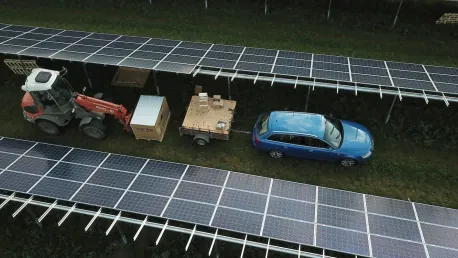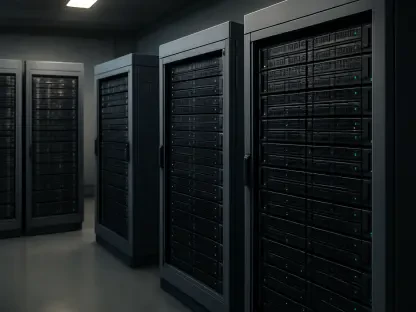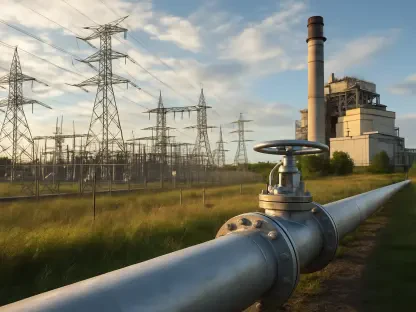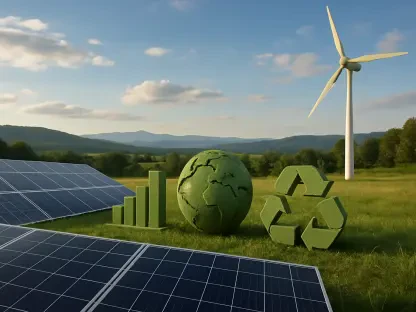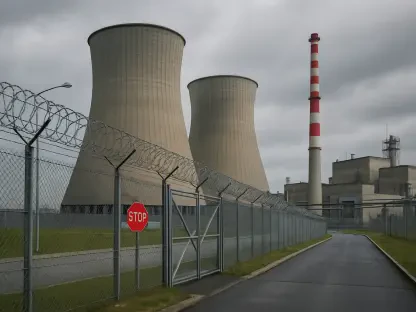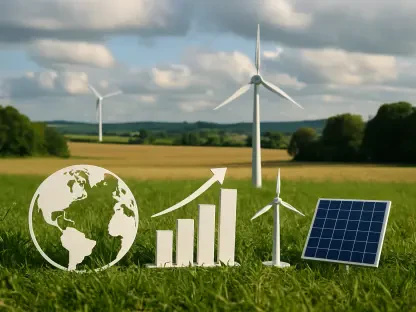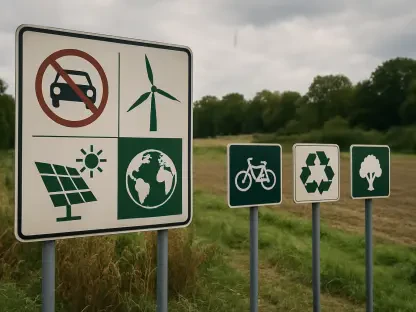As the United States braces for a potential Trump presidency following Biden’s tenure, many questions arise regarding the longevity and future of Biden’s extensive clean energy policies. The contrasting visions of Biden and Trump regarding environmental and energy policies create a complex scenario, with significant implications for the nation’s climate actions and energy transition. Exploring the potential outcomes and impacts of this transition reveals the intricate balance between policy initiatives, political agendas, and economic realities.
Biden’s Clean Energy Achievements
President Joe Biden, upon taking office in 2021, set into motion some of the most comprehensive and ambitious climate, conservation, and clean energy agendas in U.S. history. One of the hallmark achievements of Biden’s administration was the enactment of the Inflation Reduction Act (IRA), which represented the largest-ever climate investment law in the United States, directing approximately $400 billion in federal funding towards clean energy initiatives. This unprecedented financial commitment attracted significant private sector investments and resulted in the creation of hundreds of thousands of clean energy jobs nationwide, spurring economic growth and sustainability.
The Inflation Reduction Act’s provisions included a variety of grants, loan guarantees, and tax incentives aimed at fostering the development of clean energy technologies and supporting initiatives specifically targeting low-income communities. Additionally, President Biden issued numerous executive orders to further promote federal sustainability and environmental justice. For instance, Executive Order 14096 and Executive Order 14057 focused on addressing climate change disparities in vulnerable communities and ensuring the federal government leads by example. These orders aimed at achieving sector-specific carbon neutrality by 2035 and played a critical role in aligning the federal workforce and federal projects with nationwide climate goals.
Trump’s Stance on Clean Energy and Promises for Policy Reversal
However, the prospect of a Trump presidency brings with it significant concerns about the durability and future of Biden’s clean energy investments and policies. Former President Donald Trump and his appointees have consistently criticized the Inflation Reduction Act, dismissing it as the “Green New Scam” and expressing intentions to roll back substantial portions of Biden’s clean energy legacy. Key figures within Trump’s anticipated administration, such as Chris Wright, his nominee for Secretary of Energy, have publicly denied the existence of a climate crisis and expressed skepticism towards the ongoing energy transition.
In his potential return to power, Trump plans to utilize the budget reconciliation process—a legislative maneuver previously employed by Biden to facilitate the passage of the IRA—to systematically dismantle significant aspects of the recent clean energy agenda. Trump’s primary objectives include extending the 2017 tax cuts and redirecting federal resources towards other policy priorities, such as his immigration agenda. This potential reversal of Biden’s policies raises questions about the continuity and long-term sustainability of clean energy initiatives introduced during Biden’s administration.
Advantages and Challenges of the IRA
Despite Trump’s opposition, the success and widespread integration of the Inflation Reduction Act within various states, including numerous Republican-led areas, pose significant challenges to its reversal. The IRA has successfully fostered critical investments in clean energy and created over 330,000 new jobs, many of which are located in Republican congressional districts. This economic boon has led to bipartisan advocacy for retaining key portions of the IRA, given its considerable benefits in terms of employment and economic growth.
Furthermore, the escalating demand for electricity, driven by the rise of artificial intelligence (AI) and data centers, underscores the importance of reliable and affordable energy solutions. Increased energy consumption highlights the necessity for grid reliability and fortifies the case for transitioning to renewable energy sources. This evolving energy landscape strengthens the argument for maintaining clean energy initiatives, making the potential reversal of such policies a contentious and multifaceted issue.
Environmental Justice and Federal Sustainability Initiatives
Another critical aspect of Biden’s clean energy strategy has been a strong focus on environmental justice and federal sustainability. Through several executive orders, Biden aimed to ensure that communities disproportionately affected by pollution and climate change would receive significant benefits from federal investments in clean energy. These initiatives sought to improve the quality of life in vulnerable areas and promote equitable access to sustainable resources.
In tandem with these efforts, Biden committed the federal government to lead by example, transitioning federal buildings and vehicles to energy-efficient alternatives. This move was aligned with the Paris Climate Agreement objectives, from which Trump had previously withdrawn the U.S. The federal sustainability initiatives undertaken during Biden’s tenure were designed to establish the government as a standard-bearer for broader national and international environmental goals.
A Look Forward: Challenges and Potential Resilience
The anticipated transition of power from Biden to Trump is expected to introduce significant changes in national clean energy policies, potentially undermining many of Biden’s environmental justice initiatives and commitments to achieving a carbon-neutral economy by 2050. Trump’s agenda, aimed at overhauling various measures established during Biden’s administration, could face substantial obstacles due to the momentum gained by the clean energy sector during Biden’s tenure.
The intricate interplay of rising energy demands driven by technological advancements, such as AI, and entrenched economic interests associated with renewable energy projects, suggests that reversing all clean energy policies may not be straightforward. The robust economic foundations and bipartisan benefits of these policies present formidable challenges to their complete dismantlement, setting the stage for a complex and dynamic landscape.
Conclusion
As the United States braces for the possibility of a Trump presidency following Biden’s term, numerous questions emerge about the sustainability and future of Biden’s extensive clean energy initiatives. The stark differences between Biden’s and Trump’s visions concerning environmental and energy policies create a complex and challenging scenario. This situation holds significant implications for the nation’s climate actions and energy transition. Delving into the potential outcomes and impacts of this political shift unveils the intricate balance between policy initiatives, political agendas, and economic factors. Will Biden’s green policies endure or be overturned? What will the environmental impact be if Trump’s administration prioritizes fossil fuels and rolls back regulations? The nation’s future climate strategy is hanging in the balance, showcasing the fragile interplay of legislative progress and political power shifts. Understanding this potential transition highlights the critical crossroads facing America’s energy and environmental future.
